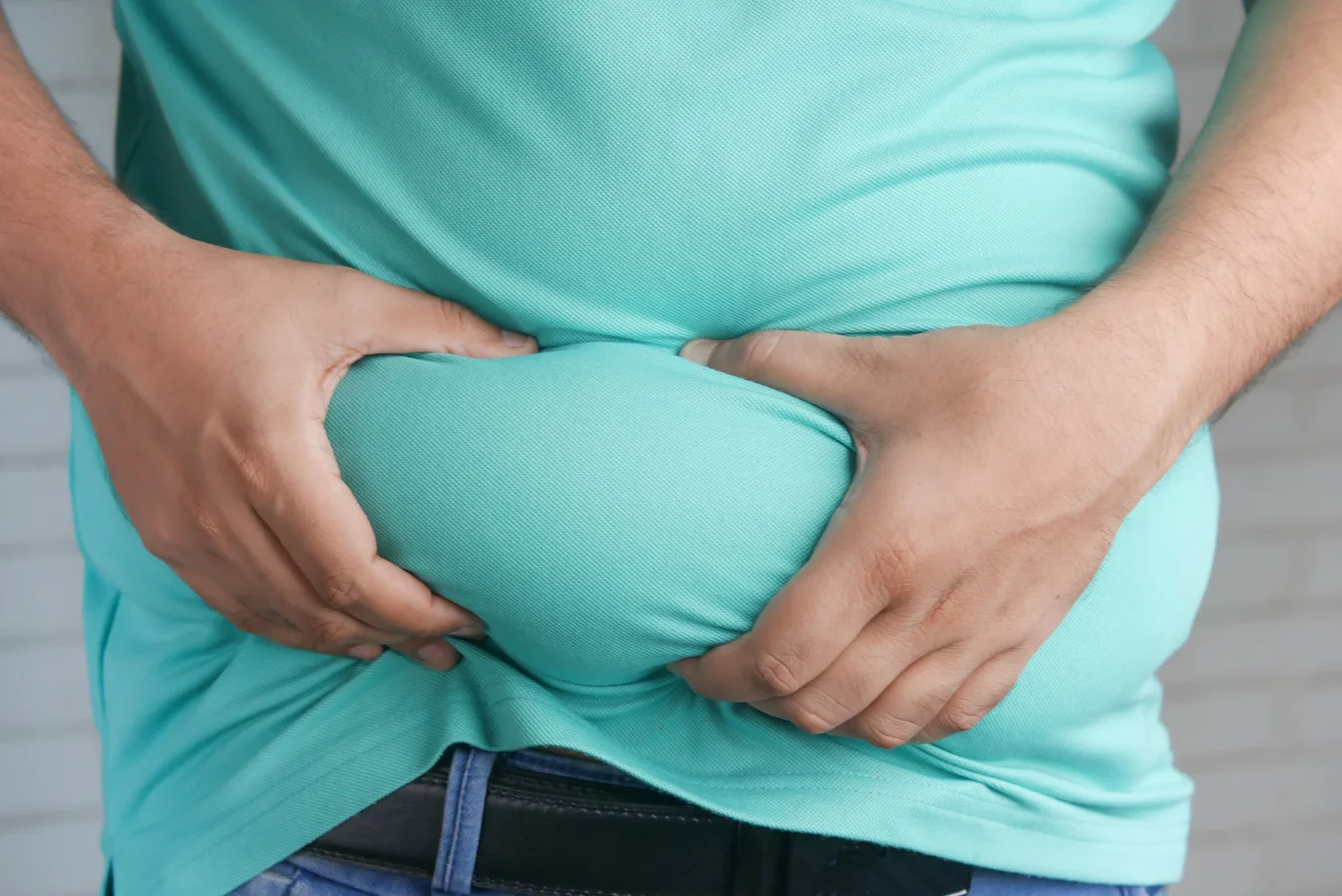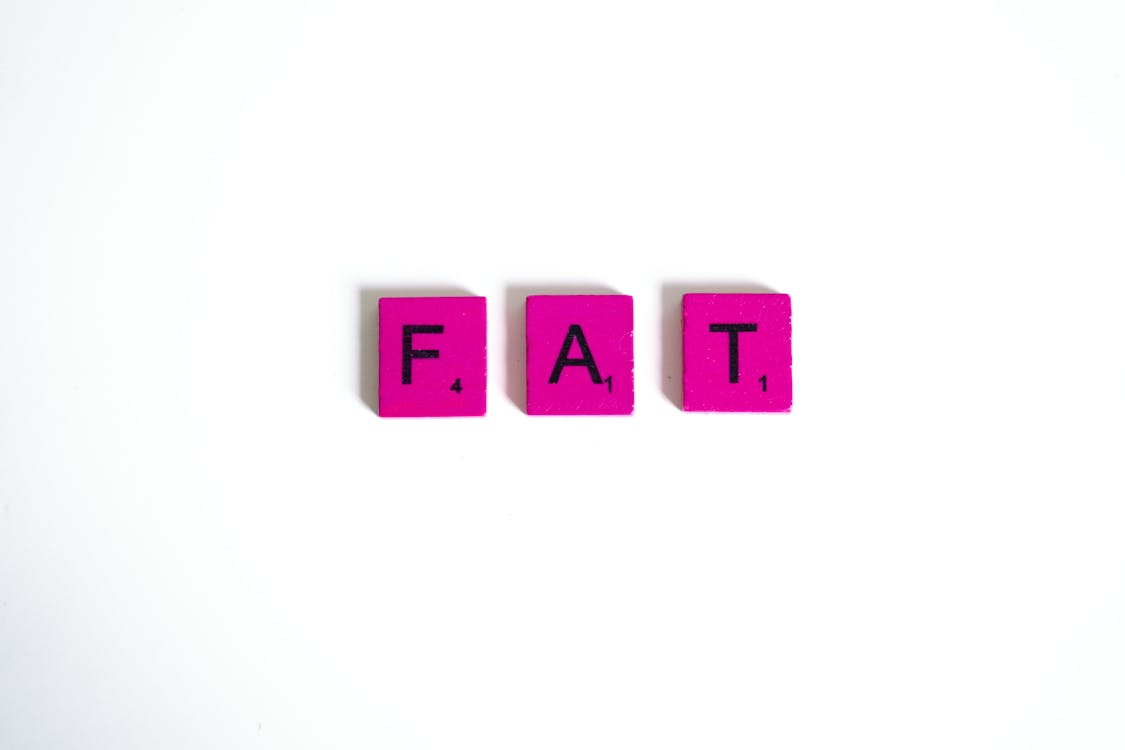Health Risks of Excess Fat Accumulation in a Woman’s Body
4 minuteRead

Excess pounds do more than just increasing your weight on the weighing scale. They enhance your risk of major health problems. Heart disease, stroke, diabetes and cancer are a few of the common health issues people who are obese or overweight might face. Thus, it is very important to maintain a healthy weight. Consuming a healthy diet, and getting enough exercise and sleep are a few recommended ways by which you can maintain a healthy weight. It also ensures the bones, muscles, heart and other organs function properly. Obesity in women can lead to severe and fatal illnesses. Fat accumulation in certain areas of the body is linked to diseases such as breast cancer, hypertension, PCOS and pregnancy-related issues.

Types of Body Fat in Women & their Risks
- Visceral Body Fat
Visceral fat is commonly referred to as “hidden fat”. It is a certain kind of fat stored deep inside the belly around your abdominal organs. You can’t always feel it or see it. In fact, a lot of women might have a flat tummy but still have a certain percentage of visceral fat. People with excess visceral fat might have an apple-shaped body. It also produces chemicals and hormones that can be toxic to the body. Even if you’re thin, visceral fat can pose severe health risks. So, how does visceral fat get accumulated in the body? It gets stored when you consume too many calories and get very little physical activity. The place where the fat gets stored varies. It all depends on your genes. However, it can either be around the belly or hip area.
Though a lot of people cutely call it “love handles”, it can be dangerous. Having an excess of this kind of fat can cause dementia, cancer, lower back pain, gallbladder disease, gout, high cholesterol and stroke.
The best way to lose visceral fat is by losing weight. Eating a healthy diet, getting enough sleep and not consuming too many sugary drinks can help lose visceral fat.
- Subcutaneous Fat
Subcutaneous fat is a kind of fat found just under your skin. It’s the fat that you can pinch. While a certain amount of fat is good for your body and can help protect it, an excess of it can be dangerous. As we’ve all learned in school, our skin is made up of three layers – epidermis, dermis and subcutaneous fat. It is the deepest layer of your skin. From padding your muscles to controlling your body temperature, subcutaneous fat has an important role to play in our daily lives. You’ll find this fat mainly under your hips, thighs, belly and butt. Irrespective of whether you are fat or thin, everybody has a certain amount of subcutaneous fat. In fact, we all need some. However, if you develop more over time, an unhealthy diet, inactive lifestyle, high amounts of fatty foods and environmental factors are to blame. Those who are insulin resistant or have diabetes also have higher levels of subcutaneous fat.
Some of the health risks associated with subcutaneous fat are certain types of cancer, fatty liver diseases, hypertension, gout, gallbladder problems, stroke, sleep apnoea and type 2 diabetes.
In order to lower your subcutaneous fat levels, it’s best to get on a fat-burning diet and exercise plan. You must also focus on ways to reduce your stress. When you’re in a stressful situation your body activates a hormone called cortisol. This hormone undermines your body’s ability to lose weight and ends up storing the excess fat.
- Pericardial Fat
As the name implies, pericardial fat is the type of fat found around the heart. It is sometimes referred to as a fatty heart too. While it is dangerous, it is hard to detect. It cannot be detected by standard, physical examination. Doing a CT scan is a must. Those with excess pericardial fat are at a risk of developing heart failure. Even if you’re not obese or overweight, you can develop pericardial fat. However, obesity can be a risk factor for heart failure. To avoid fat from accumulating around the heart, it is important to eat plenty of vegetables and exercise regularly. Fat-laden foods and refined sugar increase your chances of developing heart diseases.
- Belly Fat
An expanding waistline isn’t one of the most flattering things. Research shows that belly fat poses severe health risks. When you tend to eat and drink more calories than you burn, you’re more likely to gain extra weight. Age and genetics also increase belly fat. Belly fat also includes visceral fat and subcutaneous fat. If you’re someone with a large belly, you’re at a risk of high blood pressure, heart disease, stroke, fatty liver, high blood sugar and diabetes. Obesity increases the risk of a variety of malignancies in women including PCOS, menopausal breast cancer, endometrial cancer and other pregnancy-related complications including blood clots, premature birth, miscarriage and gestational diabetes.
The best way to trim belly fat, and strengthen and tone abdominal muscles is by doing crunches regularly and other exercises focused around your belly. Doing these exercises alone won’t be enough. Start by eating a healthy diet, followed by portioning sizes wisely. Make healthy choices as every calorie counts. As far as possible, stay away from sugary drinks.
Conclusion
For the muscles, brain, heart and bones to function efficiently, a healthy weight is a must. If you start putting on weight, don’t take it lightly. Instead, work on it. Excess weight can also lead to anxiety and depression, and can affect your memory and mood. In women particularly, fat accumulation in certain areas can be quite alarming. Also, obesity can affect your physical as well as emotional health. Thus, if you notice any changes in your body or warning signs, it’s always better to consult a doctor. Fat accumulation in the above-mentioned areas is a serious matter and thus it needs to be dealt with accordingly.
Write, Record and Answer! Consume Unlimited Content! All you need to do is sign in and its absolutely free!
Continue with one click!!By signing up, you agree to our Terms and Conditions and Privacy Policy.










